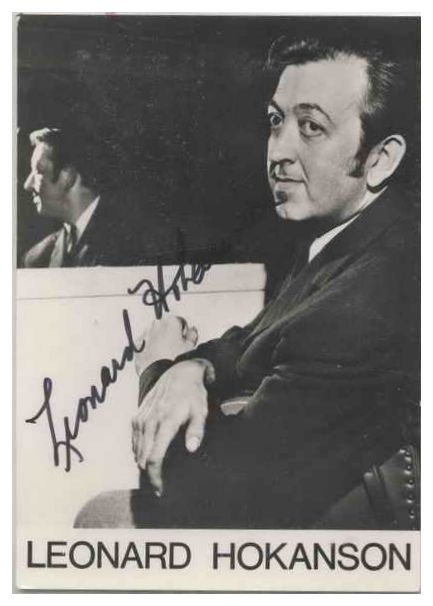

|
Leonard Hokanson (August 13, 1931 – March 21, 2003) was an American pianist who achieved prominence in Europe as a soloist and chamber musician. Born in Vinalhaven, Maine, he attended Clark University in Worcester, Massachusetts and Bennington College in Vermont, where he received a master of arts degree with a major in music. He made his concert debut with the Philadelphia Orchestra at the age of eighteen. Drafted into the U.S. Army after graduate school, he was posted to Augsburg, Germany. He achieved early recognition as a performer in Europe, serving as a soloist with such orchestras as the Berlin Philharmonic, the Rotterdam Philharmonic, and the Vienna Symphony. He was awarded the Steinway Prize of Boston, and was a prizewinner at the Busoni International Piano Competition in Bolzano, Italy. His numerous international music festival appearances included Aldeburgh, Berlin, Echternach, Lucerne, Prague, Ravinia, Salzburg, Schleswig-Holstein, Tanglewood, and Vienna. One of the last pupils of Artur Schnabel, Hokanson also studied with Karl-Ulrich Schnabel, Claude Frank, and Julian DeGray. He was professor of piano at the Frankfurt University of Music and Performing Arts for ten years before taking a position as professor of piano at the Indiana University Jacobs School of Music in Bloomington in 1986. He was also a permanent guest professor at the Tokyo College of Music. He was a founding member of the Odeon Trio [shown below],
and as a chamber musician performed with such ensembles as the Vermeer
Quartet, the St. Lawrence Quartet, the Ensemble Villa Musica, and the
Wind Soloists of the Berlin Philharmonic. He frequently performed duo recitals
with the violinist Miriam Fried, the clarinetist James Campbell, and the
horn player Hermann Baumann. As a pianist for song recitals, he played
with numerous singers, including Martina Arroyo, Grace Bumbry, Melanie
Diener, Edith Mathis, Edda Moser, and Hermann Prey. His collaboration with
Prey extended over 25 years. He was also resident pianist with Bay Chamber
Concerts in Rockport, Maine.
Hokanson's many recordings include the complete piano works of Walter
Piston, Haydn sonatas, Mozart concertos, and Brahms intermezzi, as well
as Schubert's complete works for violin and piano with Edith Peinemann,
Brahms' sonatas for clarinet and piano with James Campbell, Beethoven's
complete songs with Hermann Prey and Pamela Coburn, the complete piano trios
of Brahms, Dvořák, and Schubert (Odeon Trio), previously unrecorded
early piano works of Schubert, and Norbert Burgmüller's Concerto
for Piano and Orchestra. |
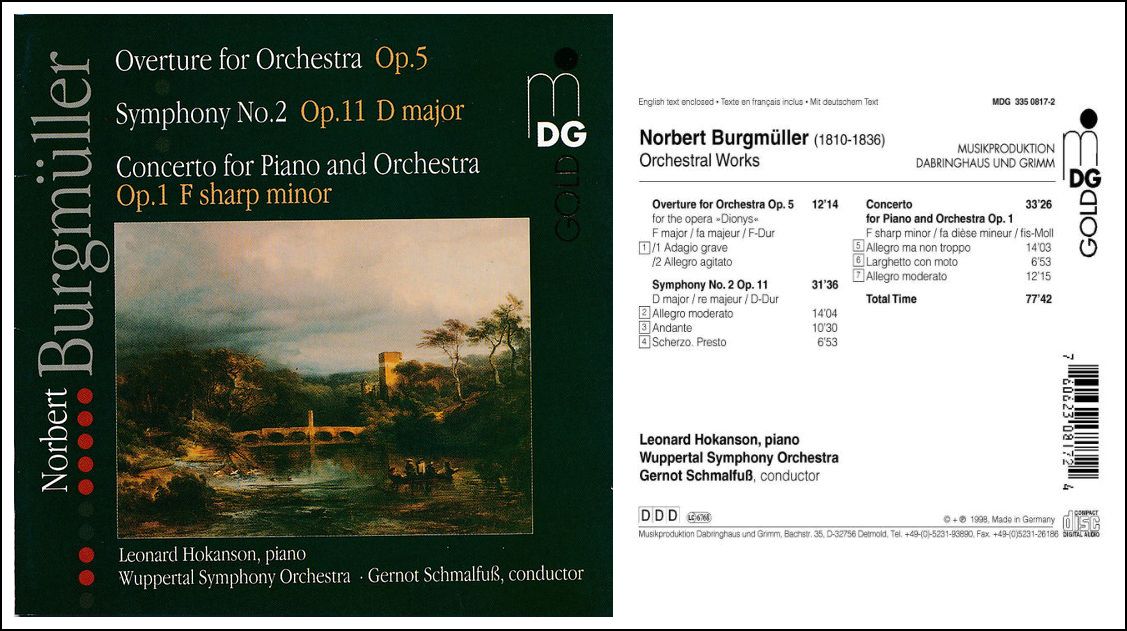
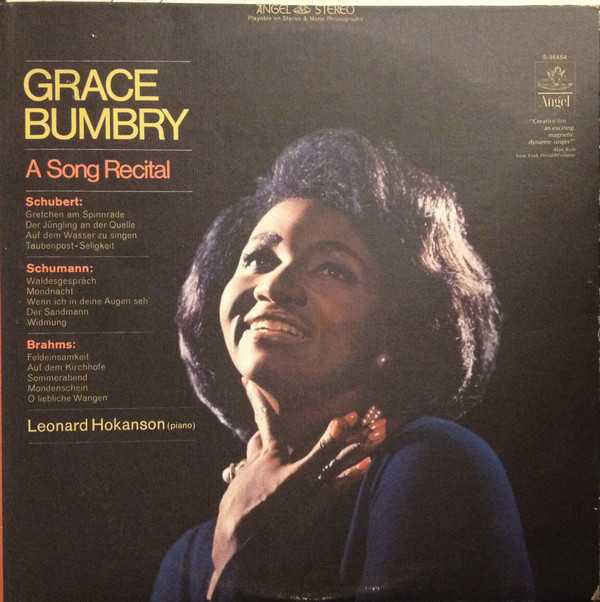 BD: I would assume that on the highest
level it’s always been an equal collaboration?
BD: I would assume that on the highest
level it’s always been an equal collaboration?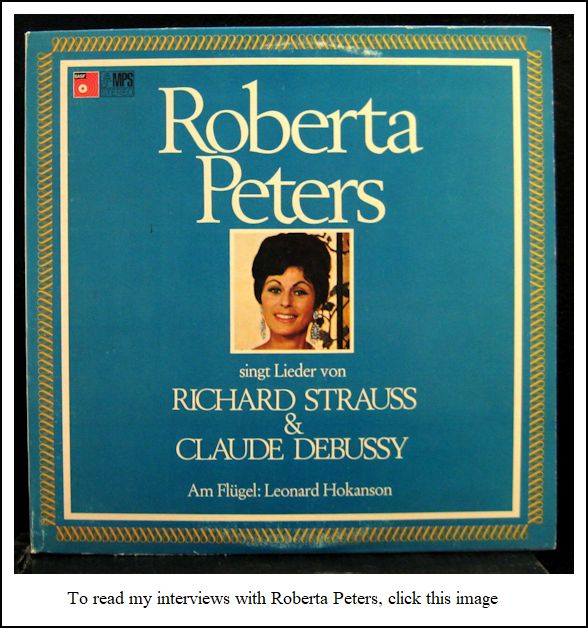 BD: Are you working partly as conductor
when you are accompanying the singer?
BD: Are you working partly as conductor
when you are accompanying the singer?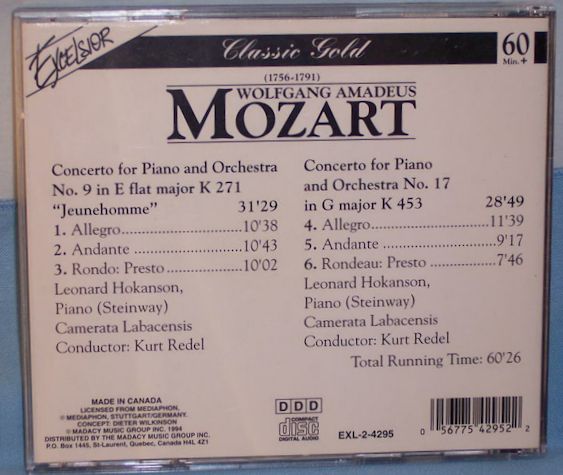 Hokanson: Having been a student of Schnabel
and the whole Schnabel school, I’ve basically limited my solo repertoire
to the Viennese classics — Bach,
Mozart, Haydn, and then Beethoven and Schubert. I’ve done many more
Schubert sonatas than Beethoven sonatas, because until the advent of
Andras Schiff and Alfred Brendel back in the ’60s,
not too many people were playing Schubert sonatas, besides Schnabel,
of course, and Claude Frank. So, I’ve been selective in my repertoire.
I do some contemporary things, and as far as concertos are concerned,
I really emphasize the Mozart concertos, of which I play about fifteen,
and all the Beethoven concertos, and the romantics. Then there are
some contemporary things when I’ve been asked, and will do of it’s interesting
for me — like Oiseaux Exotiques
of Messiaen. I played that about ten years ago a number of times
in Germany with the Bamberg Symphony Orchestra and Horst Stein. That
was great fun.
Hokanson: Having been a student of Schnabel
and the whole Schnabel school, I’ve basically limited my solo repertoire
to the Viennese classics — Bach,
Mozart, Haydn, and then Beethoven and Schubert. I’ve done many more
Schubert sonatas than Beethoven sonatas, because until the advent of
Andras Schiff and Alfred Brendel back in the ’60s,
not too many people were playing Schubert sonatas, besides Schnabel,
of course, and Claude Frank. So, I’ve been selective in my repertoire.
I do some contemporary things, and as far as concertos are concerned,
I really emphasize the Mozart concertos, of which I play about fifteen,
and all the Beethoven concertos, and the romantics. Then there are
some contemporary things when I’ve been asked, and will do of it’s interesting
for me — like Oiseaux Exotiques
of Messiaen. I played that about ten years ago a number of times
in Germany with the Bamberg Symphony Orchestra and Horst Stein. That
was great fun.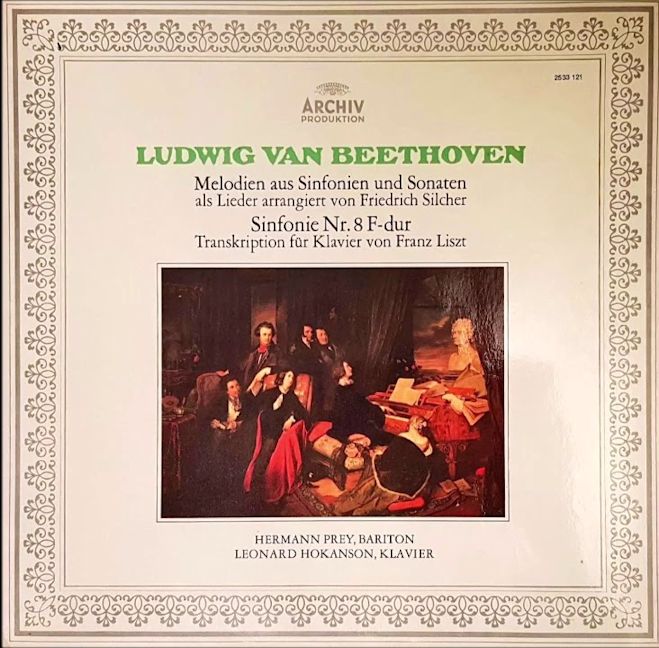 BD: The capabilities of the instrument as it developed
didn’t dictate the style at all?
BD: The capabilities of the instrument as it developed
didn’t dictate the style at all?| Christa Landon
(born Christa Fuhrmann September 23, 1921 in Berlin, died November
19, 1977 in a plane crash near Madeira) was an Austrian musician and music
researcher. Landon studied piano, organ, harpsichord and theory at the Vienna Music Academy . In 1949 she married the American musicologist HC Robbins Landon and was then employed by the Haydn Society, which her husband founded, until 1958. From 1959 she was a freelance editor and from 1964 to 1977 research associate for the New Schubert Edition. In this role she discovered around 50 Schubert autographs in the archive of the Vienna Men's Singing Association. She specialized in Haydn, Mozart, Beethoven and Schubert. Above all, her edition of the Haydn piano sonatas is recognized in musicology. In 1975 she was awarded an honorary professorship
by the City of Vienna. |
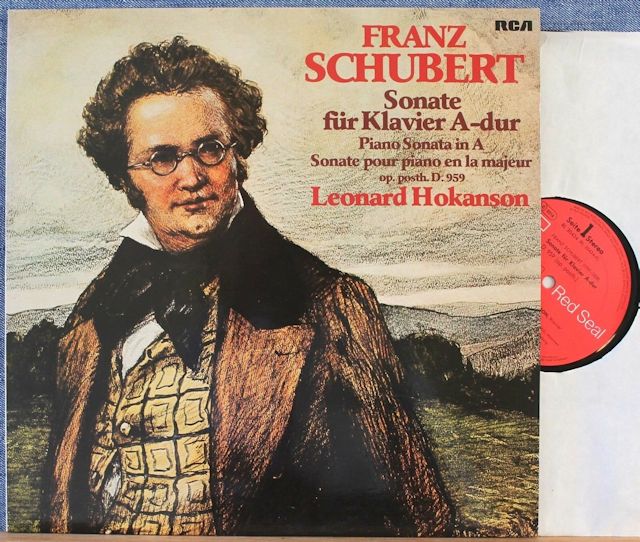 Hokanson: I try, I really do! In the Haydn I’m
playing tomorrow night, I probably do everything I see in the score,
and I try to translate that into something that’s not just cerebral.
But when a composer writes an accent, I always ask myself why that accent
is there. I can make an accent. We can all make accents,
but there has to be some reason why, at that point, the accent’s there.
I give that a lot of thought. Is that a harmonic change? Is
that a note he really wants to have stand out? Does he want to stop
the flow of the line? I ask myself all these questions. In the
Haydn Variations, I think I’ve discovered at least eighty per cent
of what’s in there. I hope that by the time I play, maybe I’ll
discover more. It’s not as difficult as trying to play the Piano
Variations of Webern, where he writes a different dynamic marking
over every note. That is really Utopian. How do you deal
with piano, double piano, triple piano, and then
a mezzo-forte? It’s like many times Schubert will write
ziemlich geschwind [relatively fast], nicht zu geschwind
[not too fast], geschwind [fast], or nicht zu langsam
[not too slow], ziemlich langsam [relatively slow]. What
does ziemlich mean — relatively
from what? Those things are difficult to figure out. You have
to find out what’s geschwind, what’s fast, and then you work backwards,
or you work forwards from sehr geschwind [very fast]...
Hokanson: I try, I really do! In the Haydn I’m
playing tomorrow night, I probably do everything I see in the score,
and I try to translate that into something that’s not just cerebral.
But when a composer writes an accent, I always ask myself why that accent
is there. I can make an accent. We can all make accents,
but there has to be some reason why, at that point, the accent’s there.
I give that a lot of thought. Is that a harmonic change? Is
that a note he really wants to have stand out? Does he want to stop
the flow of the line? I ask myself all these questions. In the
Haydn Variations, I think I’ve discovered at least eighty per cent
of what’s in there. I hope that by the time I play, maybe I’ll
discover more. It’s not as difficult as trying to play the Piano
Variations of Webern, where he writes a different dynamic marking
over every note. That is really Utopian. How do you deal
with piano, double piano, triple piano, and then
a mezzo-forte? It’s like many times Schubert will write
ziemlich geschwind [relatively fast], nicht zu geschwind
[not too fast], geschwind [fast], or nicht zu langsam
[not too slow], ziemlich langsam [relatively slow]. What
does ziemlich mean — relatively
from what? Those things are difficult to figure out. You have
to find out what’s geschwind, what’s fast, and then you work backwards,
or you work forwards from sehr geschwind [very fast]...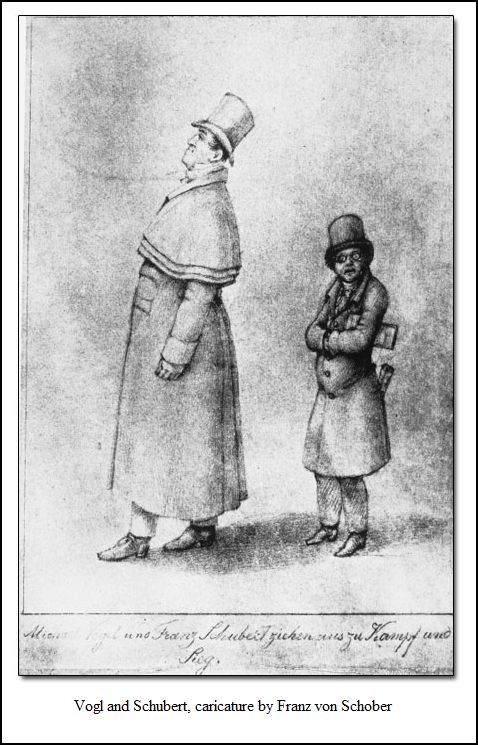
Johann Michael Vogl (August 10, 1768 – November 19, 1840), was an Austrian baritone singer and composer. Though famous in his day, he is remembered mainly for his close professional relationship and friendship with composer Franz Schubert. Vogl was born in Steyr. As a young man he enrolled at the Gymnasium at Kremsmünster, where he studied languages, philosophy, and sang in several musical productions by his friend Franz Süßmayr (the man who completed Mozart's Requiem). In 1786 Vogl went to Vienna to study, and later to practice law. In 1795 he debuted at the Vienna Hofoper, and quickly attracted a following for both his acting capability and the beauty of his voice. In 1813, Franz Schubert attended a performance of Gluck's Iphigénie en Tauride in which Vogl sang the role of Orestes. Schubert never forgot the experience and determined to write for Vogl. The following year, when Vogl sang the role of Pizarro at the premiere of the final version of Beethoven's Fidelio, it is said that the 17-year-old Schubert actually sold his schoolbooks in order to afford a ticket. When composer and singer finally met, in 1817, Vogl was as impressed with the quality of Schubert's music as Schubert was with Vogl's singing. Schubert wrote many of his subsequent songs with Vogl in mind. One of their early successes was an 1821 performance of Der Erlkönig, prior to its publication and significant popular acclaim. Rarely in music history has the relationship of a composer and a specific singer been so musically productive. Vogl continued to sing Schubert's music after the death of his friend in 1828, famously singing a complete performance of Winterreise accompanied by the pianist Emanuel Mikschik shortly before his own death in Vienna on the twelfth anniversary of the death of his friend. |
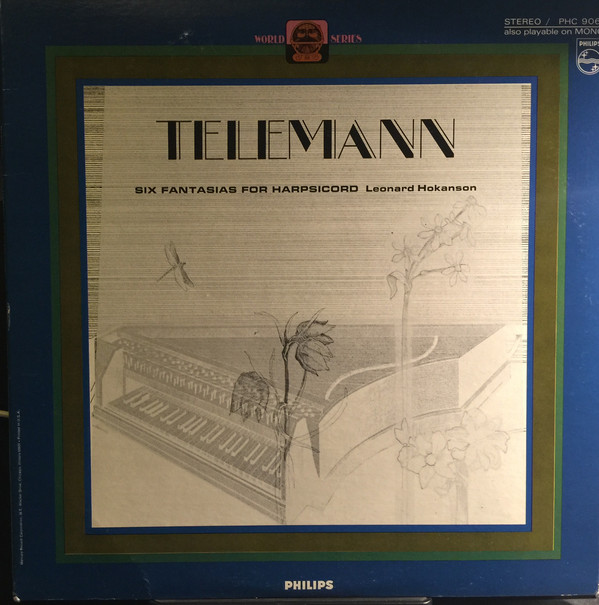 BD: Do you put some of your own heart into all of the
pieces that you play, and if so, is this instinctive or is it purposeful?
BD: Do you put some of your own heart into all of the
pieces that you play, and if so, is this instinctive or is it purposeful?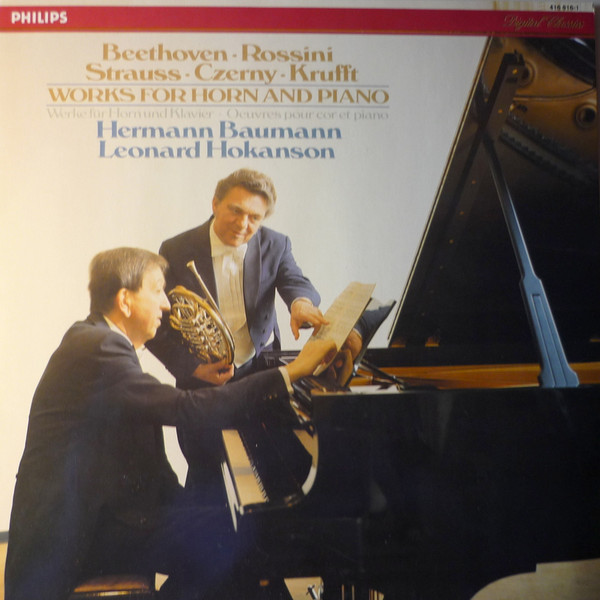 BD: So rather than adding complexity
over the night, they cleared it away.
BD: So rather than adding complexity
over the night, they cleared it away.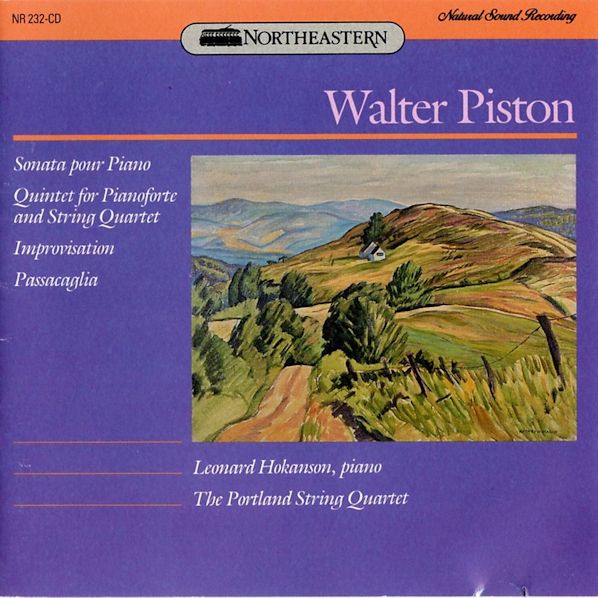 BD: Others wonder why you’re getting
all the concerts?
BD: Others wonder why you’re getting
all the concerts?
© 2000 Bruce Duffie
This conversation was recorded in Chicago on November 13, 2000. Portions were broadcast on WNIB five weeks later. This transcription was made in 2020, and posted on this website at that time. My thanks to British soprano Una Barry for her help in preparing this website presentation.
To see a full list (with links) of interviews which have been transcribed and posted on this website, click here.
Award - winning broadcaster Bruce Duffie was with WNIB, Classical 97 in Chicago from 1975 until its final moment as a classical station in February of 2001. His interviews have also appeared in various magazines and journals since 1980, and he now continues his broadcast series on WNUR-FM, as well as on Contemporary Classical Internet Radio.
You are invited to visit his website for more information about his work, including selected transcripts of other interviews, plus a full list of his guests. He would also like to call your attention to the photos and information about his grandfather, who was a pioneer in the automotive field more than a century ago. You may also send him E-Mail with comments, questions and suggestions.